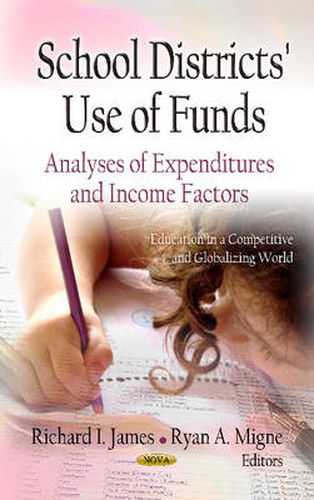Readings Newsletter
Become a Readings Member to make your shopping experience even easier.
Sign in or sign up for free!
You’re not far away from qualifying for FREE standard shipping within Australia
You’ve qualified for FREE standard shipping within Australia
The cart is loading…






This book provides an analyses of expenditures and income factors relating to school districts use of funds. Title I of the Elementary and Secondary Education Act of 1965 (ESEA) requires that schools receiving funds under Title I receive state- and locally-funded services that, taken as a whole, are at least comparable to the state- and locally-funded services provided to non-Title I schools. The purpose of this comparability requirement is to ensure that federal assistance is not compensating for an inequitable distribution of state and local funds that benefits more affluent schools. The Title I comparability requirement allows school districts to demonstrate compliance in a number of ways, including through a district-wide salary schedule, policies to ensure equivalence among schools in certain types of resources, student-instructional staff ratios, and other measures, and does not require districts to use school-level expenditures.
$9.00 standard shipping within Australia
FREE standard shipping within Australia for orders over $100.00
Express & International shipping calculated at checkout
This book provides an analyses of expenditures and income factors relating to school districts use of funds. Title I of the Elementary and Secondary Education Act of 1965 (ESEA) requires that schools receiving funds under Title I receive state- and locally-funded services that, taken as a whole, are at least comparable to the state- and locally-funded services provided to non-Title I schools. The purpose of this comparability requirement is to ensure that federal assistance is not compensating for an inequitable distribution of state and local funds that benefits more affluent schools. The Title I comparability requirement allows school districts to demonstrate compliance in a number of ways, including through a district-wide salary schedule, policies to ensure equivalence among schools in certain types of resources, student-instructional staff ratios, and other measures, and does not require districts to use school-level expenditures.